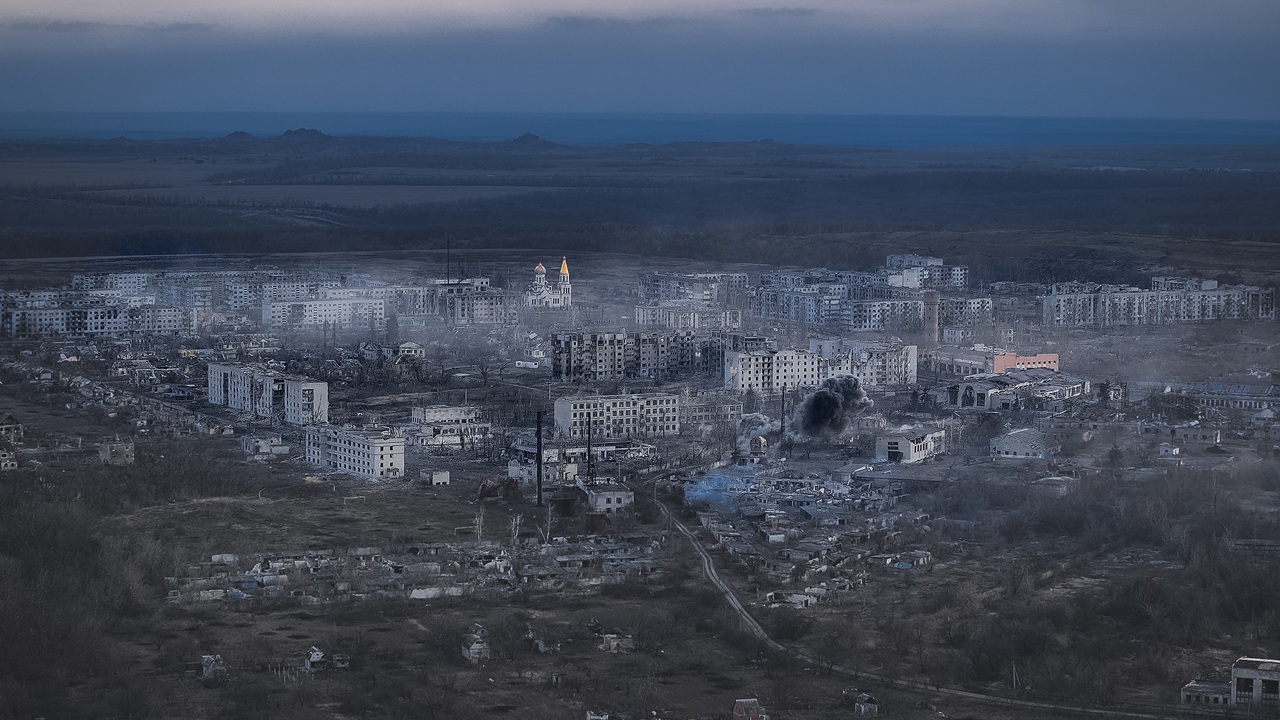As the conflict in Ukraine continues, Russian forces are intensifying their efforts to capture the strategically important town of Pokrovsk. After initial attempts to advance head-on failed, the Russian military has regrouped, aiming to surround the town and weaken the Ukrainian defenders. This renewed focus on Pokrovsk comes at a significant cost to Russian troops and resources.
Located in the Donbas region, Pokrovsk serves as a crucial logistics hub for the Ukrainian Armed Forces. According to the latest intelligence from the British Ministry of Defence, the Russian military’s concentrated efforts to encircle the town have led to incremental gains, particularly to the northeast. These maneuvers aim to disrupt Ukrainian supply lines and communication routes, which are vital for both offensive and defensive operations in the area.
Should Russian forces succeed in capturing Pokrovsk, it would mark a major setback for Ukraine, impacting its ability to reclaim lost territory in southeastern Ukraine and defend against further advances. The British Ministry of Defence noted that “in the last week, Russian Ground Forces have made incremental gains,” highlighting the seriousness of the situation.
The shift in Russian strategy reflects a broader tactical evolution. Historically, Russian commanders have preferred large-scale frontal assaults, which have resulted in devastating casualties. Yet, after nearly three years of conflict, they are now adopting more flexible offensive operations. This change comes as Russian forces have faced heavy losses in previous engagements, particularly during direct confrontations with entrenched Ukrainian positions.
The focus on Pokrovsk has reportedly been a priority for Russia since the capture of Avdiivka in February 2024. The British Ministry of Defence indicated that the ongoing efforts against Pokrovsk have incurred substantial Russian casualties and material losses.
In addition to traditional military tactics, Russian forces have employed unconventional methods to destabilize the defense of Pokrovsk. Open-source intelligence revealed that Russian sabotage and reconnaissance units attempted to infiltrate the southern part of the town on July 22, 2025. Ukrainian forces subsequently conducted clearance operations to counter these incursions.
The dynamics of the conflict have created fertile ground for special operations on both sides. Commandos are being deployed for direct action, special reconnaissance, and sabotage missions, adding complexity to the battlefield landscape. The fight for Pokrovsk has now become the largest objective in the ongoing Russo-Ukrainian conflict, with control over the town poised to significantly influence the tempo of military operations in southeastern Ukraine.
As the situation evolves, the implications of control over Pokrovsk extend beyond immediate military gains. The outcome of this battle could hold considerable consequences for the broader strategic landscape of the conflict.
Stavros Atlamazoglou is a seasoned defense journalist specializing in special operations and an Hellenic Army veteran. His insights into military strategy and operations provide a detailed perspective on the ongoing situation in Ukraine.
